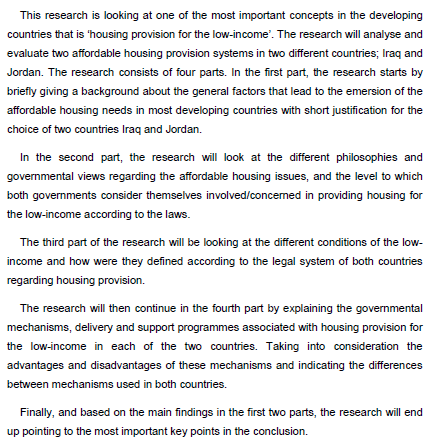A case-control study was designed to find out the association between rs2234671 polymorphism of cxcr1 and rUTI in a sample of Iraqi women by polymerase chain reaction- sequence-specific primer (PCR-SSP) method. The current findings revealed that the genotype GC (OR= 7.86, 95% CI = 2.82-21.87, P= 7.7 × 10-5) and the C allele (OR= 3.93, 95% CI = 1.97 - 7.83, P = 9.8×10-5) are significantly associated with rUTI. However, the genotype GG played as a protective factor (OR= 0.12, 95% CI = 10.05 - 0.34, P = 4.0 ×10-5). Depending on these findings, the genotype GC is significantly associated with rUTI.
 (4)
(4)
 (2)
(2)
 (1)
(1)
This study is qualitative, it illustrates H.G. Wells\\'s The Time Machine through the scientific and social framework of the Victorian Era. Wells\\'s portrayal of future societies examines the rapid technological progress and social changes of the 19th century. The analysis scrutinizes the division between the Eloi and the Morlocks, tracing the consequences of social division. To meet the objective of the study, Victorian frame of mind is utilized to examine the class struggle that is symbolized by the Eloi and the Morlocks. The analysis highlights the economic and social effects of industrialization and how Wells examines the capitalist system and its impact on human relationships and class division. The study also utilizes concepts from D
... Show MoreThe current study aimed to adopt a method for inducing callus cells and regenerating the important common red bean using different types of growth regulators such as N6-benzylaminopurine (BAP), Naphthalene acetic acid (NAA), and Thidiazuron (TDZ). Different types of common bean pinto cultivar explants, such as internodes, cotyledons and roots, were inoculated on Murashige and Skoog medium (MS) provided with different combinations of plant growth regulators, including 1- BAP (5 mg/l) 2-BAP (4.5 mg/l) NAA (0.5 mg/l), 3- BAP (4.5 mg/l), and TDZ (0.1mg/l). Callus was initiated on MS culture medium supplied with 5 mg/l BAP for all explants (internodes, cotyledons, and roots) at 50, 20, and 10% respectively, while adding NAA with 0.5mg/l showed
... Show MoreThe technique of plant tissue culture has been used to In vitro micropropagation of Spilanthes acmella (L.) Murr. It is an ornamental and medicinal plant not cultivated in Iraq. Seeds were sterilized and cultuared on full strength Murashige and Skoog medium(1962)(MS). Naphthalene acetic acid (NAA), 6- furfuryl aminopurine (Kin.) growth regulators were used at the Initiation stage.The combination between IAA and Kin. was used in multiplication stage. IAA was used for rooting the shoots. Results showed that 1.5% sodium hypochlorite for 15 min was very effective for disinfecting and survival. Nodes exhibited relatively highest response as compared with apical meristems and leaflets culture. Supplying the culture medium with 1 mg/L.
... Show More (1)
(1)
atrogenic atrial septal defect (IASD), post Catheter ablation during electrophysiological study simply can be assess with Echocardiography nowadays ablation consider the main line in the managements of patients with various type of arrhythmia. This study aims to de-termine the outcomes of Iatrogenic Atrial Septal Defect (IASD) six months post radiofrequency ablation (RF) procedure of left atrial arrhythmia using non-invasive Transtho-racic Echocardiography (TTE) parameters (LVEF, E/e` and ASD size) with sheath size as predictors of atrial septal defect closure. Patients and methods: A prospective study was con-ducted in Iraqi Centre for Heart Diseases included 47 patients post Electrophysiology procedure and ablation of left atrial SVT were
... Show More (11)
(11)
Introduction: The stringent response is a bacterial adaptation mechanism triggered by stress conditions, including nutrient limitation. This response helps bacteria survive under harsh conditions, such as those encountered during infection. A key feature of the stringent response is the synthesis of the alarmone (p)ppGpp, which influences various bacterial phenotypes. In several bacterial species, stringent response activation significantly affects biofilm formation and maintenance. Methods: Clinical specimens were collected from multiple hospitals in Baghdad, Iraq. Staphylococcus aureus was identified using conventional biochemical tests. The PCR technique was applied to detect mecA, icaA, and icaD genes, while the Vitek 2 compac
... Show More
